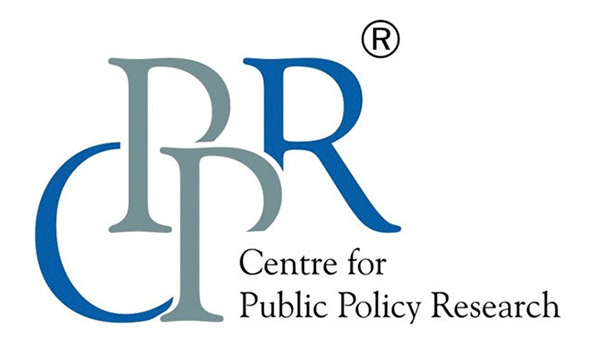Articles
By Elizabeth Edison*
Kerala is preparing for yet another clash of the clans. For a state whose vote bank is fundamentally divided by religious, regional, and communal differences, predicting Kerala’s 2016 election results is indeed a tough nut to crack. One thing different from the previous times is undoubtedly the emergence of the “saffron” party, growth of which is being deeply analysed by many a political scientist. What makes the presence of this national party interesting is that it is yet to open an account in the Kerala Assembly elections.
A more important question that arises in this context is indeed about the “Why” factor. Why has there been a sudden upsurge in the voicing for traditional, conservative ideology in India and even abroad? Why have more people taken to streets, fighting for their lawful rights of freedom and equality? Why do the formerly hushed words turn into more resounding dissent these days? Attempts to answer such debilitating queries could start another round of uncomfortable silences. At the end of which like most other question hours, one should probably be content having to take home a surmounting number of further queries than the answers, if any.
Having a history of not electing the incumbent government seems to be a preset prejudice which guides several of the voters in their decision making. While the trend may continue, the third front led by the Bharatiya Janata Party (BJP) is bound to tamper with the vote shares of the United Democratic Front (UDF) and the Left Democratic Front (LDF). The local assembly election results in a few of the districts last year are an indication of that influence. Palakkad municipality has for the first time elected this political wing of the Sangh Parivar to the ruling front. Local body elections in a few districts such as Kollam too showed many wards swaying to the Right.
This recent history is atypical of a conventional Malayali voter. Whether it shows dissatisfaction with both the fronts or a growing influence of the Rashtriya Swayamsevak Sangh on the populace remains to be studied. With over 4500 offices in God’s own country, Kerala tops as the state with the most number of RSS branches. Subtle effects of that ripple can be felt in many parts of the State, especially in South and North Kerala. There exists a visible impingement of the national level politics on the state Assembly elections, with a substantial count of youth echoing support for the right wing, conservative ideology.
The union of the Shree Narayana Dharma Paripalana (SNDP) Yogam and the BJP expects to bring in the NDA a substantial vote share from the Ezhava community members. However, of the two groups, not everyone has received this amalgamation with both hands. In fact, several of the former BJP supporters from the so- called upper caste/ class sections, unsettled by this unification, may even go for either of the other two fronts’ candidates. So is the case likely to be with the dissatisfied members of Ezhava community.
Infamous for ripping apart the vote banks along communal lines, the BJP shall end up carving deep into the vote shares of both the fronts. Whether the LDF vote share may take the hardest hit cannot be entirely asserted by the performance of the Hindutva party in the Panchayat and other local body elections in 2015. Nevertheless, one can expect a slight swinging of the votes from the section of those who had not settled for either of the two fronts. The 26.56% Muslims and 18.38% Christians who traditionally went for the UDF too shall find an alternative with the coming of the NDA, making the electoral fight a triangular one for the first time.
Looking back, assembly elections in 2011 witnessed a victory margin of fewer than 2600 votes for the winners in 10% of the constituencies (14 of the 140) of which, ten are contesting again. In a district such as Kottayam with a conventional support for the Congress, having one-third of the constituencies securing a victory margin of less than 2600 piques one’s interest to keenly wait for the results to unravel this time. Nevertheless, more than 81% of the current MLAs won with a victory margin of over 5,000 among which 20% secured more than 20,000 votes over their runner- up candidate.
Among those 28 MLAs who won with a victory margin of over 20,000 votes, 22 are contesting again. The familiar names of the two fronts may not succumb to the third front in the face- off. However, the Prime Minister and the BJP supremo himself campaigning at various pockets of the state for the third front being an unseen scenario has indeed spiced up the battle. An unsettling picture for the Malayali poised to make ‘educated’ choices, all eyes are on the possibility of the lotus blooming (if any). The Keralite’s pride of being ‘secular’ (pun unintended!) and immune to any ‘religious or communal’ persuasions shall take the litmus test on the 19th of May. Till then, having to live in the bubble of fictitious secularism seems to be a way out.
*The author is intern at Centre for Public Policy Research, Kochi; views expressed are personal and does not reflect or anyways represent the views of Centre for Public Policy Research.




